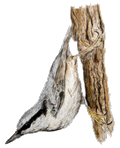
- Sherry Wine:
- Production
- Classification
- Cities & Bodegas
- Tastings
- Analogues
- Authors & Contacts
- Ðóññêèé ñàéò
Tastings
Sherry Wine & Russian Cuisine
Olga Nikandrova and Denis Shumakov.
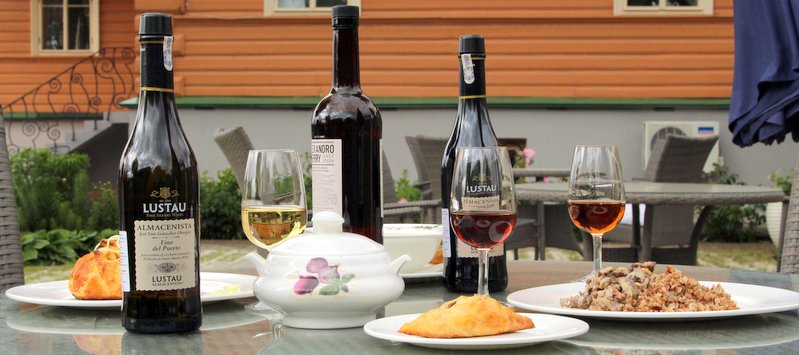
Russian cuisine is an uneasy thing for wine. The main reason for this is not any specific taste of dishes, and surely not the fact that vodka dominates over all other alcoholic drinks here. It is mostly because Russian gastronomic pleasure goes beyond purely gastronomic experiences. It is not only the taste of dishes that matters. It is essential that the dishes were diverse (within one feast) and substantial (the guest must at least be ‘full to the brim’).
A cuisine based on the “tasty-substantial-diverse” principle makes specific requirements to alcohol, and traditional dry wines are very difficult to match them. Sherries — on the contrary — are easy matches, which can fit the table in different ways.
Sweet sherries are the easiest to find their place on the Russian table. Pedro Ximénez and Moscatel are a great company for syrniki (cottage cheese pancakes), plain plombir (Russian version of Glace Plombières with 12-20% milk fat content) and, of course, a wonderful supplement for the classic Russian tea table.
In our parts, which are rich in fresh-water fish, it is easy to find good gastronomic pairs for Fino and Manzanilla. Almost any dish (including ukha — Russian fish broth) of pike-perch, perch, tench and other traditional fish will be a good match for biologically aged sherries.
However, it is dry sherries of oxidative or combined ageing that have the most outstanding potential for being matched with the Russian cuisine dishes. Palo Cortado is beautiful with pelmeni (meat dumplings). Amontillado and rasstegai (small open pies with meat or fish filling) or coulibiac (pies with mixed layered filling) are simply created for each other. And Oloroso is wonderful with meat stews. In all these compositions, sherry plays a role of a contrasting sauce which does not pull all attention to itself, but delicately accentuates the taste of dishes, making it possible to eat a bit more.
Which, as was mentioned, is very important.
U Pokrovki Guest House. Pskov, Russia, 2015.
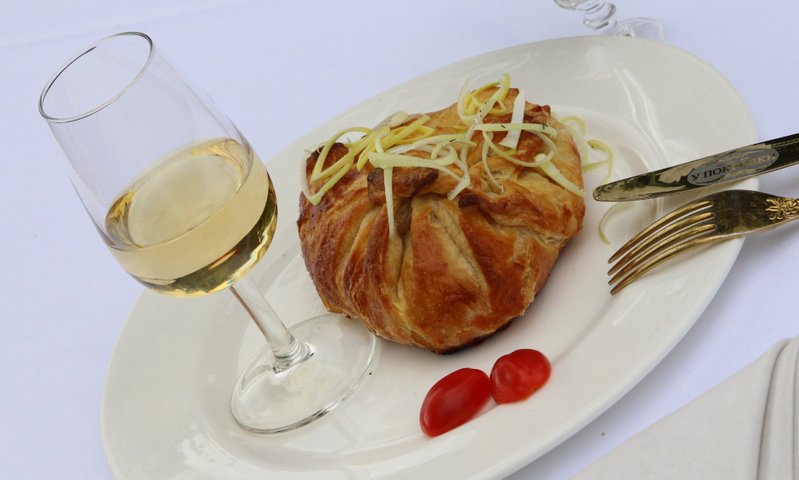
Manzanilla and pike-perch baked in puff pastry
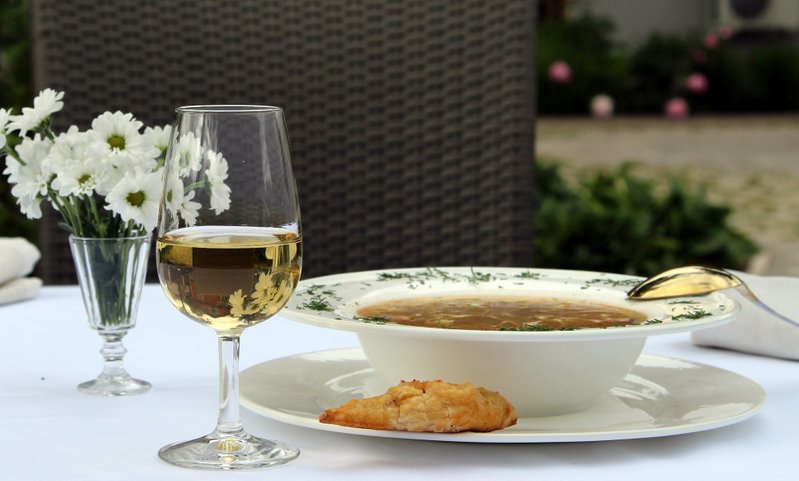
Fino and soup of pike-perch and salmon
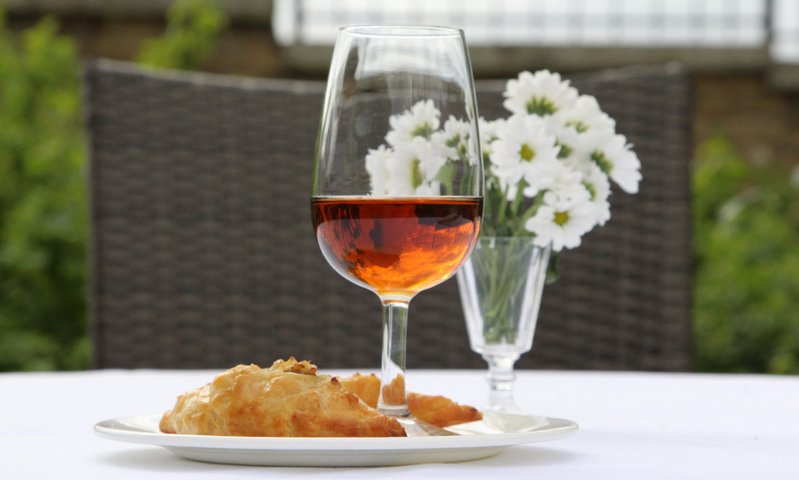
Amontillado and chicken rasstegai
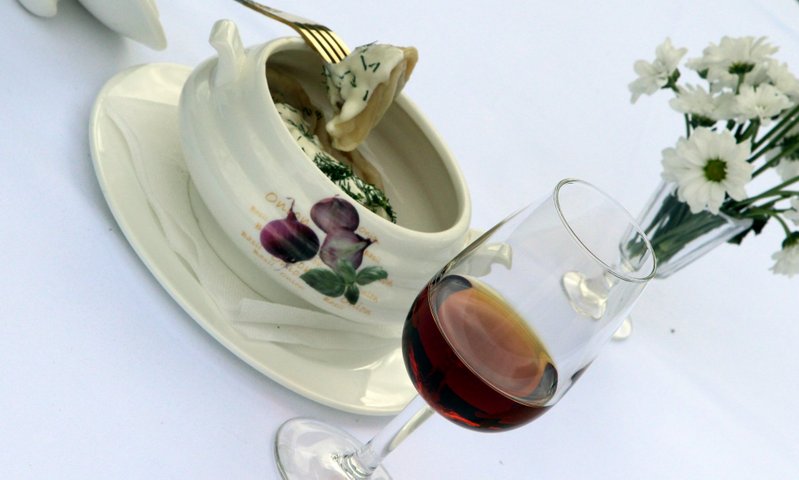
Palo Cortado and pelmeni
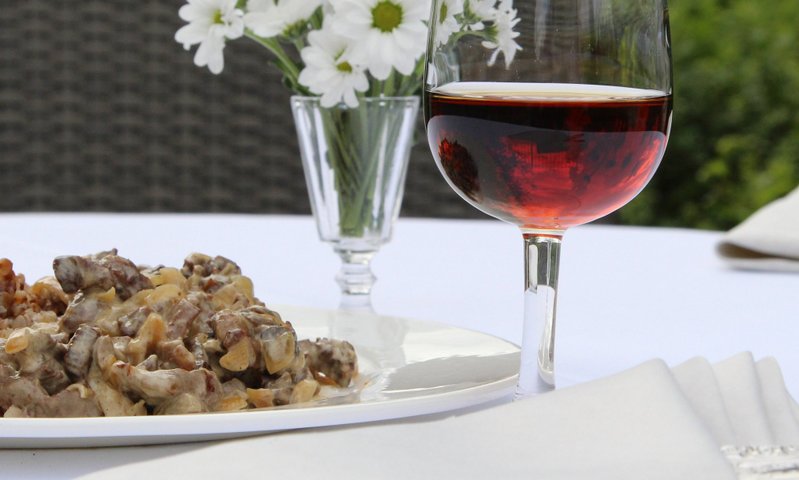
Oloroso and beef-stroganoff with buckwheat
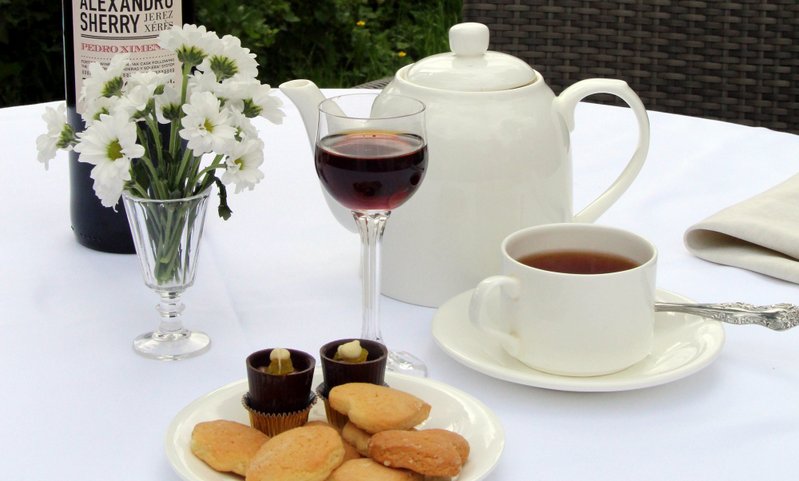
Pedro Ximénez, black tea and shortbread cookies
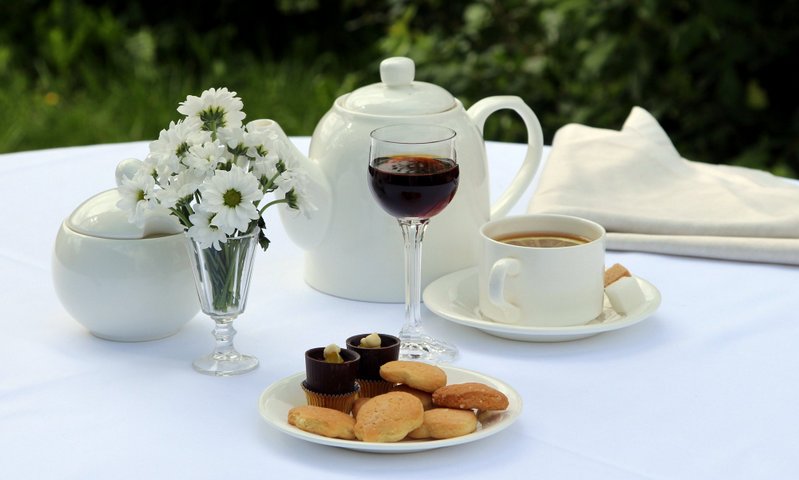
Moscatel and black tea with sugar and lemon
We are grateful to U Pokrovki Guest House for organizing the tasting.
Los Generosos. DéFiLé café, Madrid, Spain, 2015
End of June 2015, the Association of sherry aficionados Los Generosos hold a tasting of sherry paired with Russian cuisine dishes at DéFiLé café (Madrid).
Traditional Russian pickled and smoked food was served along with Trocadero Fino, Manzanilla Solear en Rama (winter 2014) and Osborne Bailen Oloroso Dry. Olivier Salad (by the way, in Spsin, it is known under the name “Russian Salad”) was also served with young Fino and Manzanilla. The most daring idea was combining Fino with herring in oil — but the risk was justified, it was delicious.
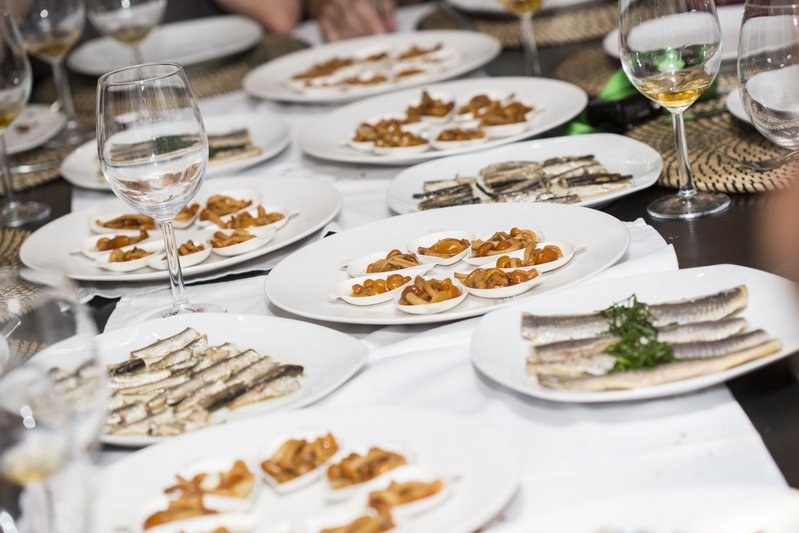
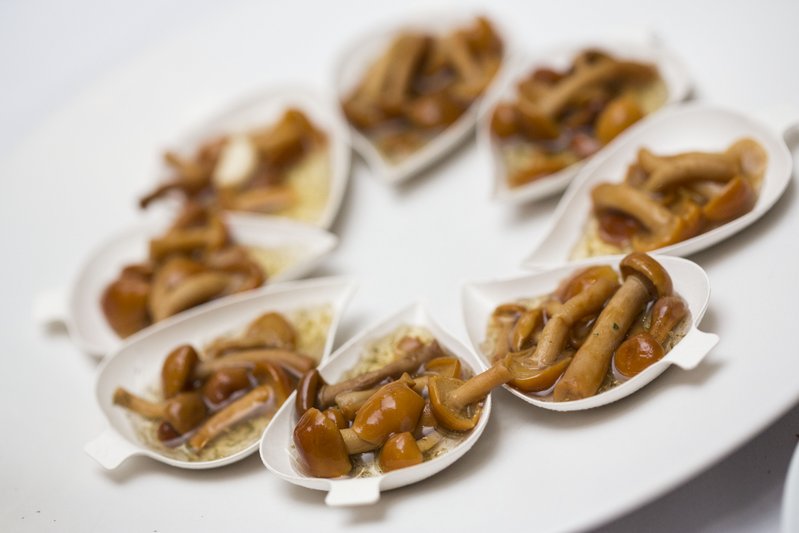
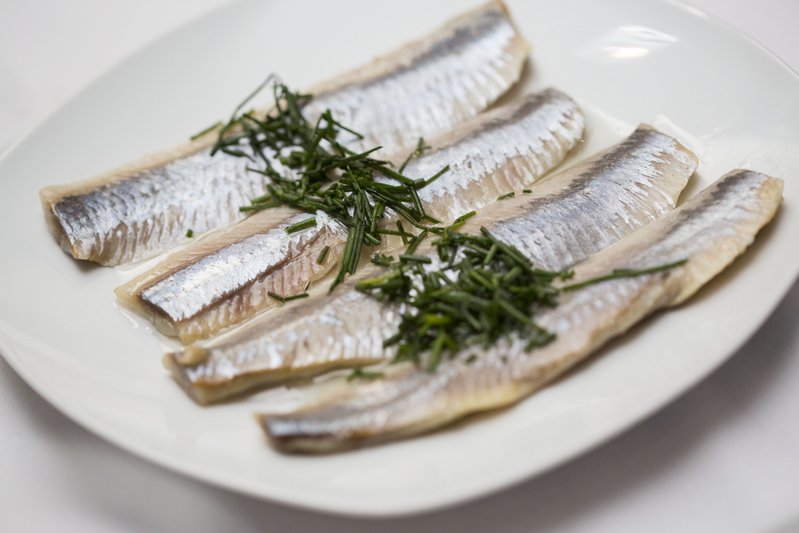
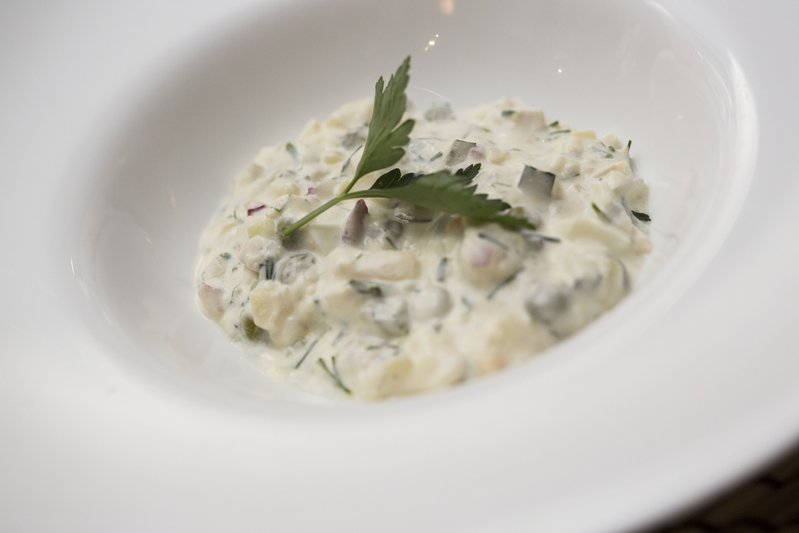
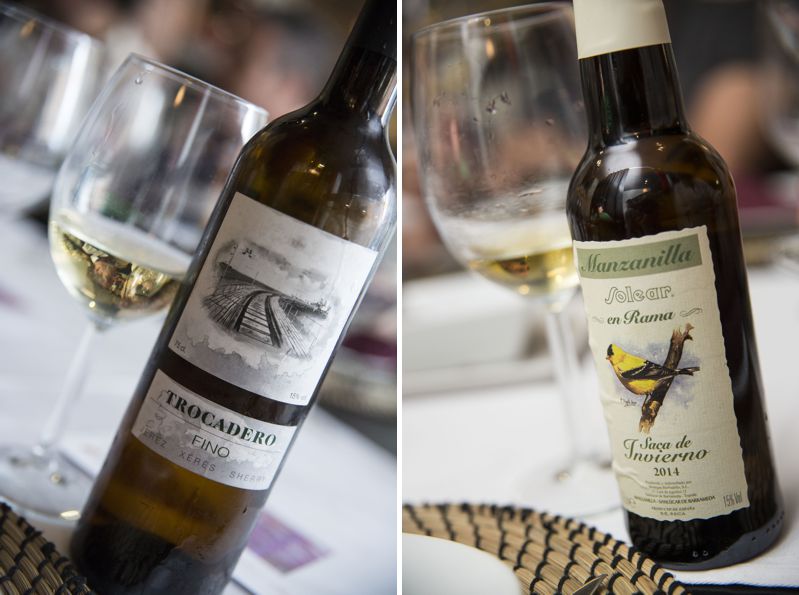
Smoked sprats, herring fillets in oil, mrinated honey fungus, and Olivier Salad accompanied paired with young Fino and Manzanilla; sprats were a better match for Oloroso
Classic sandwiches with red caviar were served with Amontillado: González Byass Cuatro Palmas, Williams and Humbert Jalifa Amontillado and Amontillado Tradición VORS. The combination with Amontillado Tradición VORS was the most impressive. Both caviar and this Amontillado are very powerful substances, and the composition was a balance of expressive contrasts.
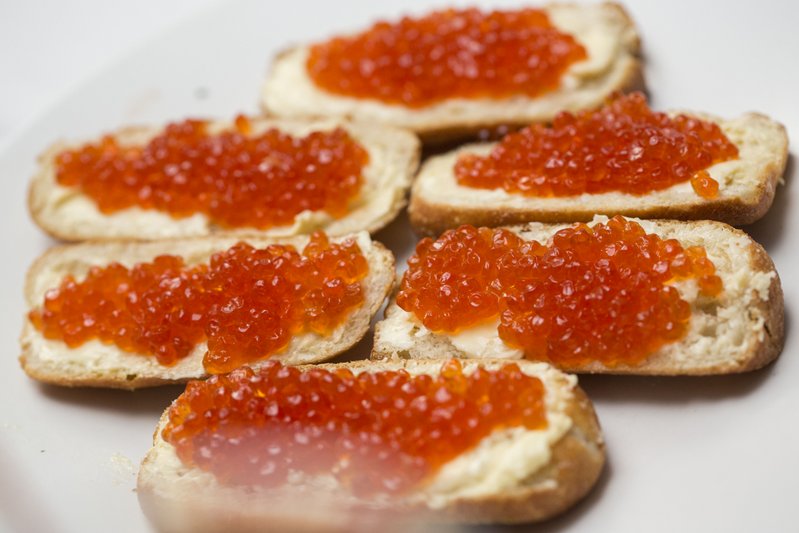
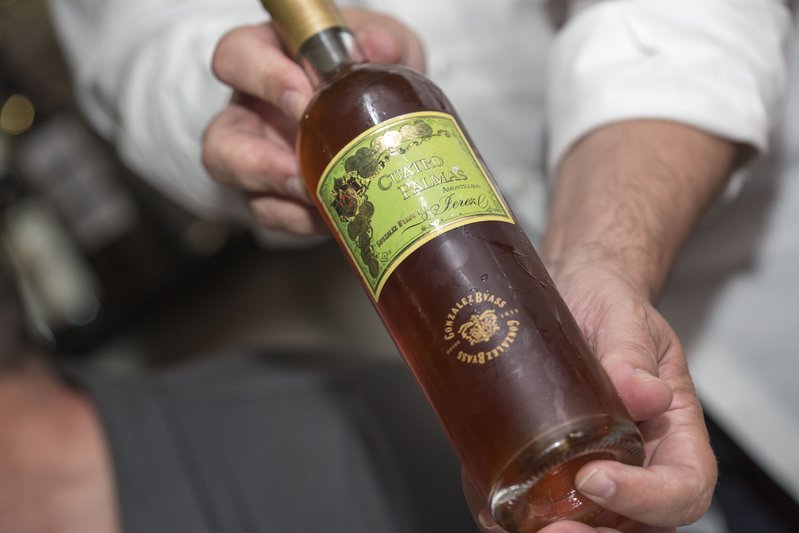
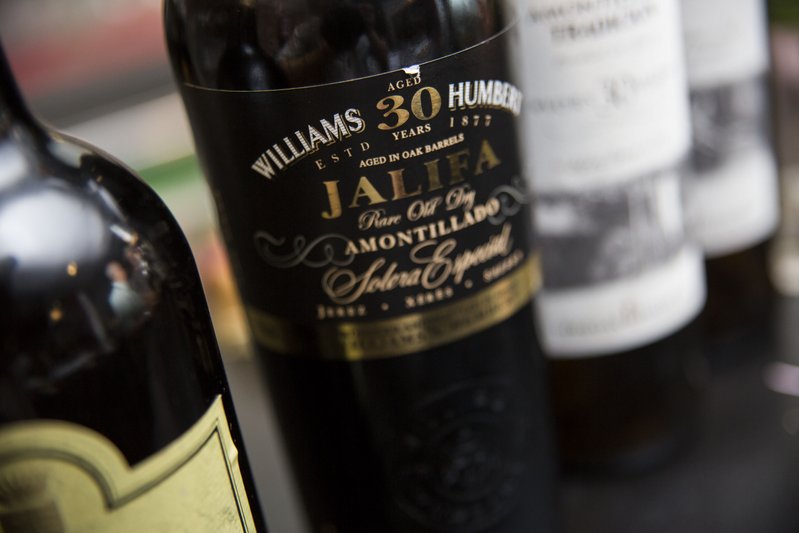
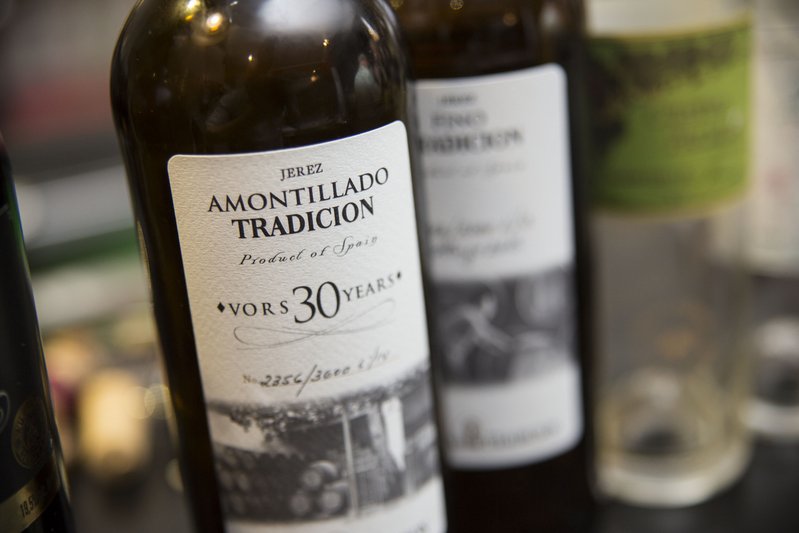
Sandwiches with red caviar and old Amontillado
Guests were offered to taste Borscht with sour cream with a glass of Osborne Bailen Oloroso Dry, dumplings with sour cream — with the same Oloroso and young Fino. Oxidatively aged sherries matched with Russian cuisine revealed their unexpected quarters — they start working as flavor enhancers (in the best sense of the term, of course). The flavors of usual dishes become vivid and saturated — this was very interesting. Oloroso with borsht and, especially, with dumplings can become a classical composition.
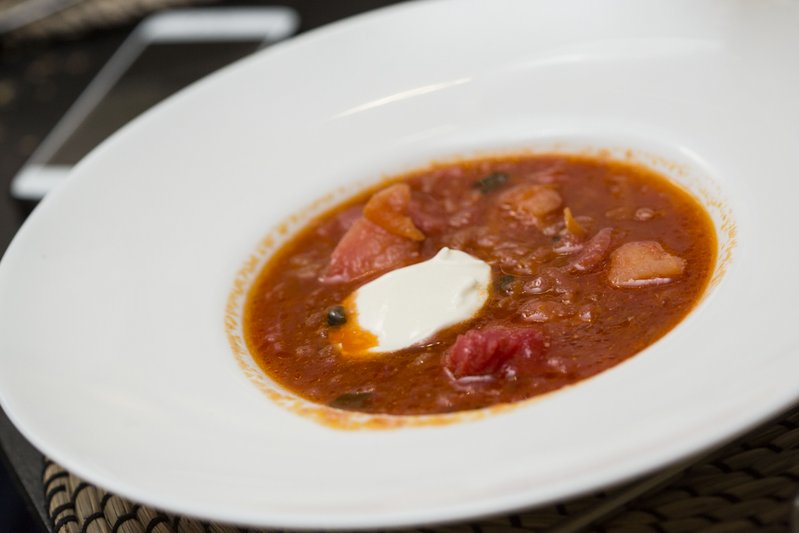
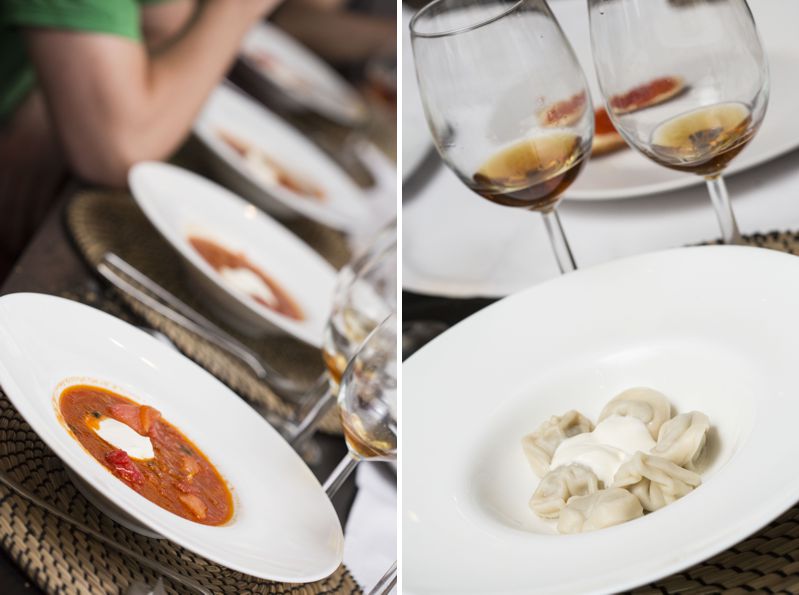
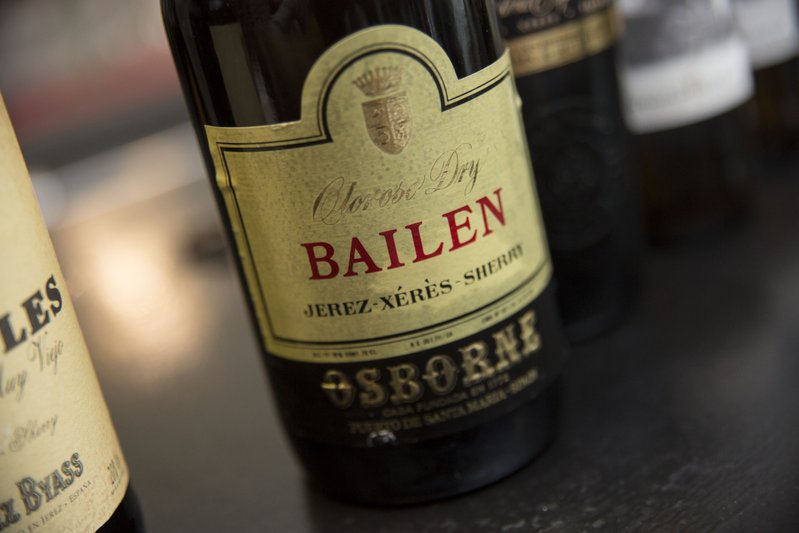
Borscht — for Oloroso and pelmeni (dumplings) — for Fino and Oloroso
The main dish of the tasting was sturgeon with Pedro Jiménez caviar (the restaurant works with molecular gastronomy — and it makes excellent caviar from sherry). First, González Byass Apostoles Palo Cortado was served with the sturgeon filed, but its slightly sweet taste didn’t match the dish. Perhaps unsweetened Palo Cortado would be better. The second option was old Fino Tradición — and it was a hundred percent hit.
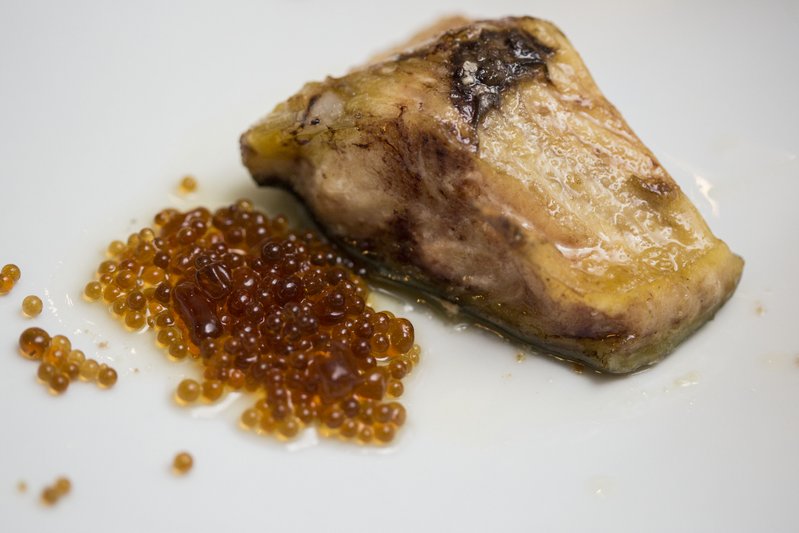
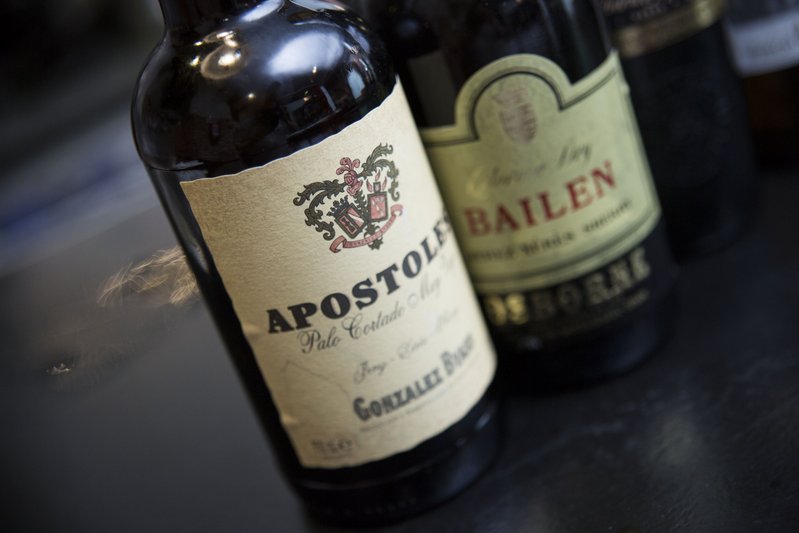
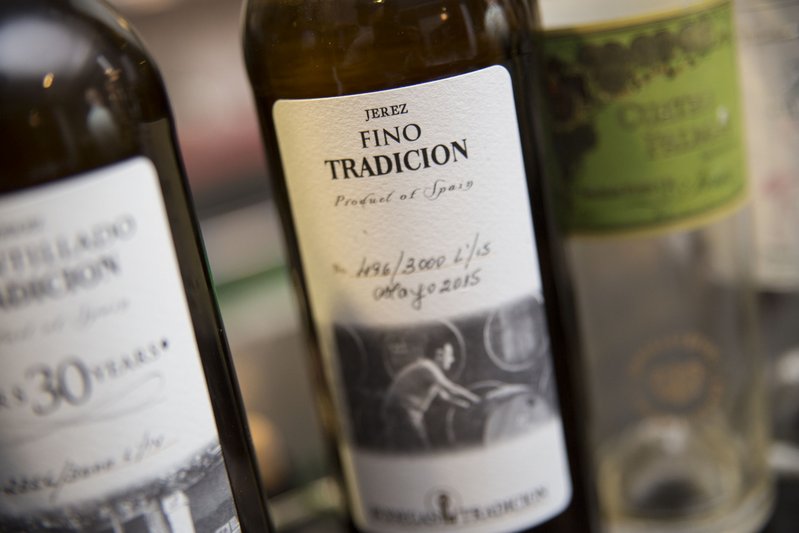
Sturgeon with Pedro Jiménez caviar — first with sweetened Palo Cortado (not very good), then with old Fino (perfect)
We are grateful to Ksenia Ryzhkova and DéFiLé café for organizing the tasting, and to Los Generosos and Abel Valdenebro — for the photos. Photos are copyrighted.
Wine tasting report from Los Generosos.
Warning!
This site can contain information about drinks excessive consumption of which may cause harm to health and is unadvisable for people who didn’t come of age.
Share Sherry
- Sherry.wine, FEDEJEREZ
- Copa Jerez, Sherry Week
- Sherry Notes, Jerez de Cine
- Los Generosos, Criadera
- Jerez-Xeres-Sherry
- Los Vinos de Jerez
Articles
- There are more articles in Russian than in English in this website. Sorry :(
Reviews
- To our great regret, we didn’t have time to translate tasting and traveling notes into English. But, if you want, you can see them in Russian.
